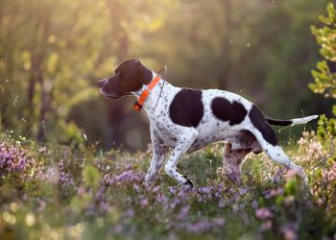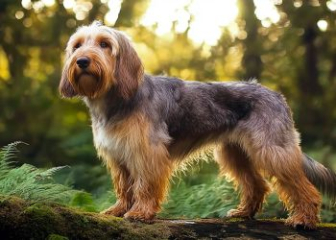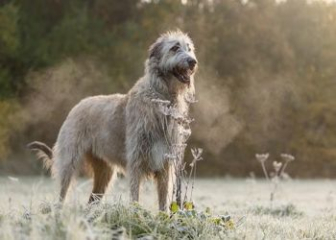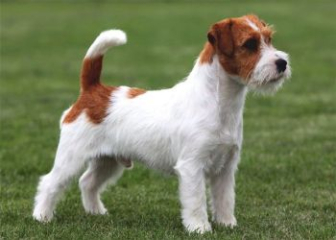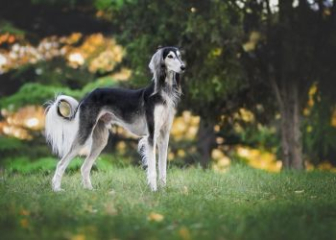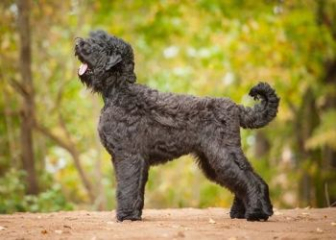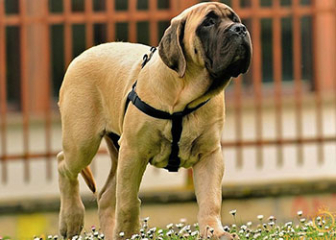Becgie (German Shepherd)– A Loyal and Intelligent Guard Dog
Blog | by
The German Shepherd (Becgie Dog) originates from Germany and is known for its intelligence, agility, and bravery. It is commonly used in the police and military forces.
The German Shepherd, also known as Deutscher Schäferhund or Becgie, is a famous breed recognized for its loyalty, intelligence, and versatility. It is an elite working dog widely used in police and military forces.
In today's article, let's dog breed explore more about this remarkable breed!
Where Do German Shepherds Come From?
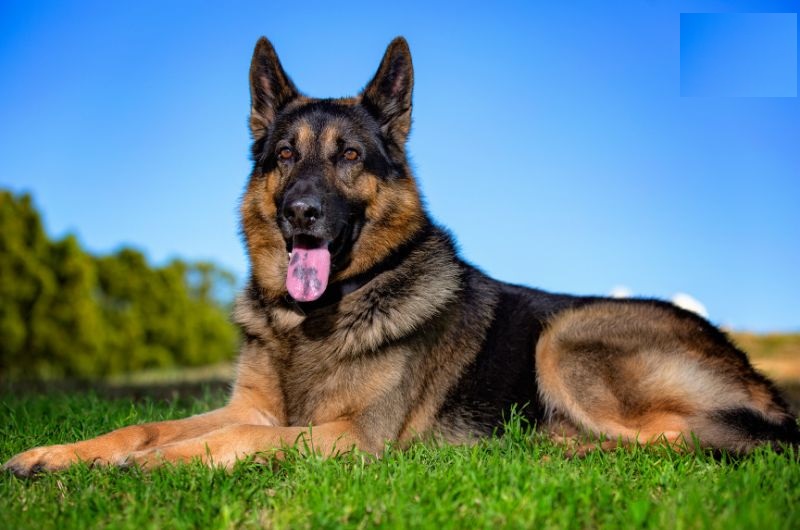
The German Shepherd originates from Germany.
This breed was developed by Captain Max Von Stephanitz in 1899 by selectively breeding the best shepherd dogs. His goal was to create a strong, intelligent, and loyal dog suitable for military and police work.
The first German Shepherd was named Horand von Grafrath, whose most outstanding offspring, Hektor von Schwaben, was further bred to establish the German Shepherd lineage.
In 1899, the Verein für Deutsche Schäferhunde (SV) club was founded in Germany to regulate and manage this breed.
By the early 20th century, German Shepherds were widely used in police, military, and rescue operations due to their intelligence and agility.
Today, the breed is popular worldwide, especially in the UK, USA, and France. In Vietnam, German Shepherds are also highly favored.
The average lifespan of a German Shepherd is 9 to 13 years.
How Many Types of German Shepherds Are There?
Depending on their origin and purpose, there are several types of German Shepherds. Below are some of the most common ones. Let's explore them together!
German Shepherd (Deutscher Schäferhund)
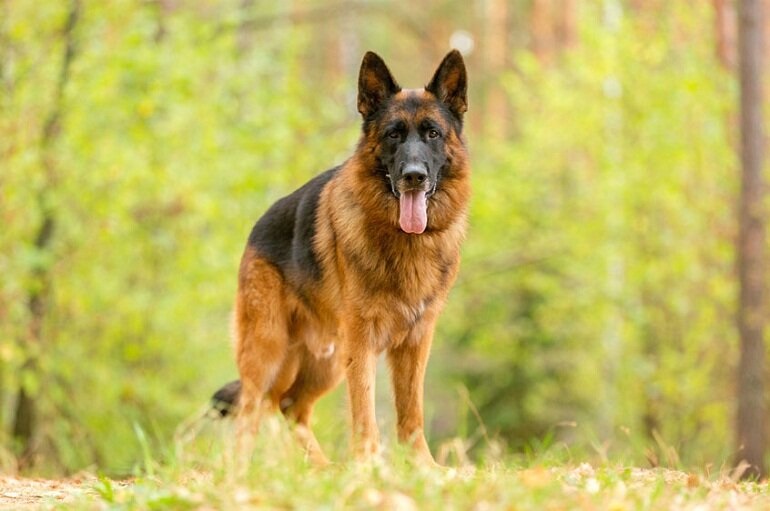
German Shepherd Dog.
The German Shepherd is the most popular type, divided into two main categories:
- Working Line – bred for police, military, and protection work.
- Show Line – bred for competitions and aesthetics.
Characteristics:
- Appearance: Large, muscular build.
- Coat: Short or long, with colors like black-tan, solid black, and gray.
- Temperament: Intelligent, brave, and loyal.
- Purpose: Commonly used in military, police, and search-and-rescue operations.
Belgian Malinois (Belgian Shepherd)

Belgian Shepherd
The Belgian Malinois emerged in Belgium around the late 19th century.
Characteristics:
- Appearance: More slender than the German Shepherd.
- Coat: Short, fawn-colored with a black mask.
- Ears: Always erect.
- Temperament: Intelligent, highly trainable, and incredibly fast.
- Purpose: Often used in police and military work due to their speed and agility.
East European Shepherd (Russian German Shepherd)
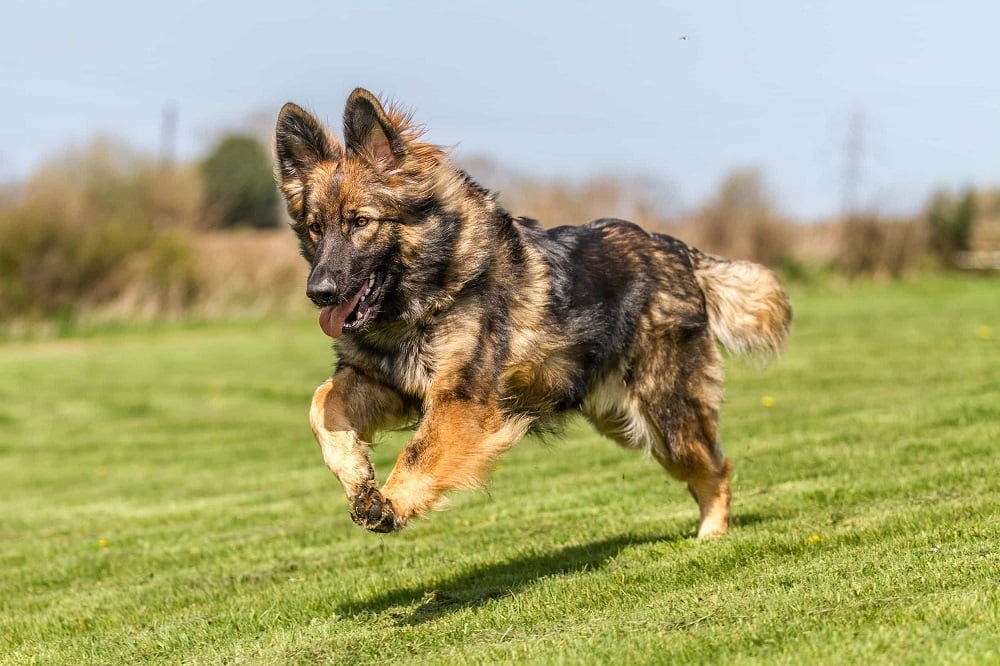
Russian German Shepherd
This breed was developed in Russia in the 1930s by modifying the German Shepherd to withstand cold climates. It is less common than the German Shepherd.
Characteristics:
- Size: Larger than the German Shepherd, standing over 70 cm tall and weighing 45–60 kg.
- Coat: Thick and long, offering excellent cold resistance.
- Temperament: Brave and extremely loyal.
- Purpose: Used for guarding and protection, especially in harsh, cold climates.
American Show Line German Shepherd
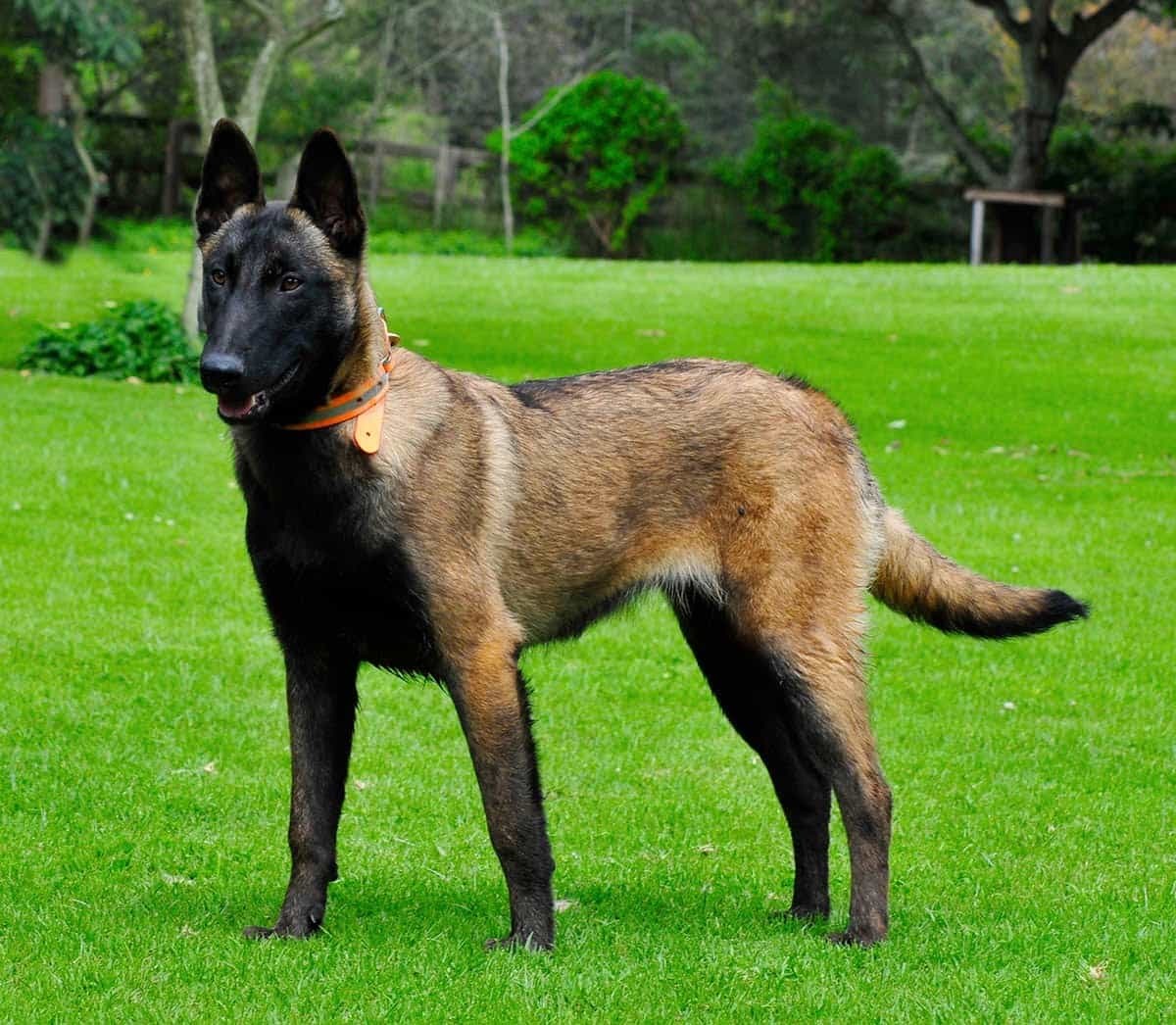
American Show Line German Shepherd
This type was bred from the German Show Line Shepherds, making them the most visually appealing.
Characteristics:
- Size: Slim, elongated body with a distinct arched back.
- Coat: Long, smooth, in colors like black-tan and red-brown.
- Temperament: Friendly and gentle.
- Purpose: Primarily used as pets and for dog shows.
Dutch Shepherd
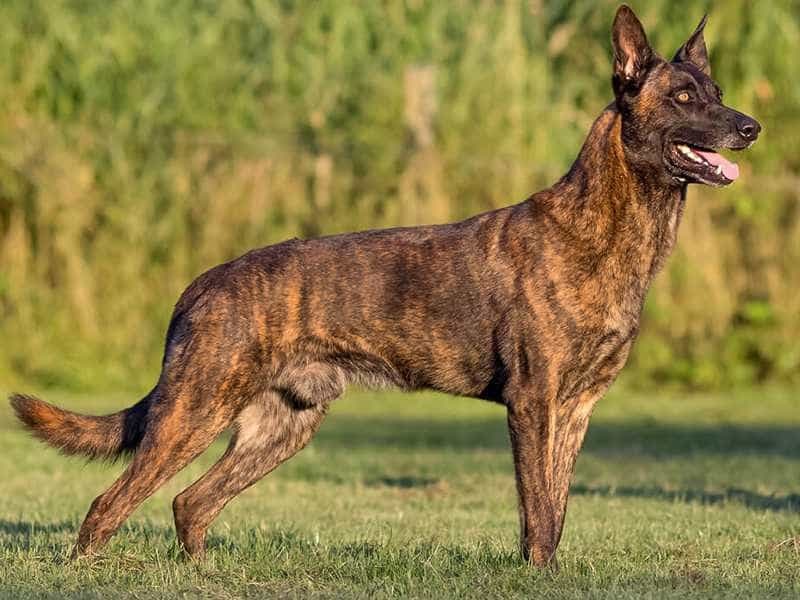
Dutch Shepherd
The Dutch Shepherd originated in the Netherlands and is considered a rare breed.
Characteristics:
-
Size: Well-proportioned, slightly smaller than the German Shepherd.
-
Coat: Short with tiger-like brindle patterns.
-
Temperament: Highly intelligent, agile, and quick.
-
Purpose: Used for police and military work, as well as livestock herding.
Appearance of the German Shepherd
The German Shepherd has a majestic and muscular physique with a powerful stance. Let’s explore the detailed physical characteristics of this impressive breed.
Physical Characteristics:
- Size: Shoulder height ranges from 55 - 65 cm, weight 22 - 40 kg.
- Head: Rounded skull, elongated and strong muzzle, black nose, and powerful jaws.
- Eyes: Almond-shaped, dark brown or black, with a sharp and intelligent gaze.
- Ears: Large, erect, and pointed forward; when in motion, they may tilt backward.
- Neck: Long and lowers when running.
- Tail: Long, bushy, and slightly curved.
- Coat: Short or long, double-layered, with common colors including: Black & Tan, Red & Black, Solid Black, Solid White (rare), Liver or Blue (rare)
Temperament of the German Shepherd
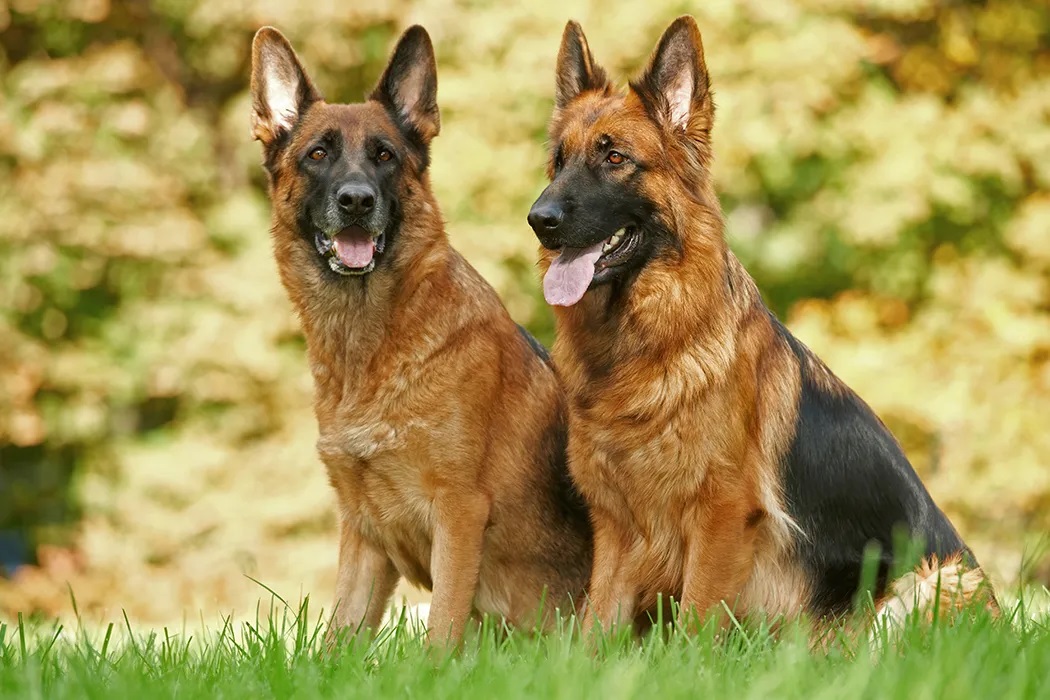
German Shepherds are very intelligent and brave.
The German Shepherd is known for being intelligent, loyal, and brave. Let's break down its key personality traits.
Exceptionally Intelligent (3rd Smartest Dog Breed in the World)
The German Shepherd ranks third among the world’s smartest dog breeds, just behind the Border Collie and Poodle.
- It can learn new commands in just 5 repetitions.
- Due to its intelligence, it is widely used in police work, security, and search-and-rescue missions.
Absolute Loyalty
- German Shepherds are extremely loyal to their owners and will protect them at all times.
- Once they recognize someone as their master, they remain faithful for life, never betraying them.
- They are highly alert around strangers and will bark immediately when sensing an unfamiliar presence.
Fearless and Brave
- Always in a ready-to-fight stance, they show no fear when confronting danger.
- Their courage has earned them the reputation of being one of the bravest police dogs, capable of precisely attacking intruders when trained.
Patient and Decisive
- German Shepherds are patient and not impulsive.
- They observe carefully before taking action.
- When sensing danger, they first bark as a warning before engaging in an attack.
How to Take Care of a German Shepherd
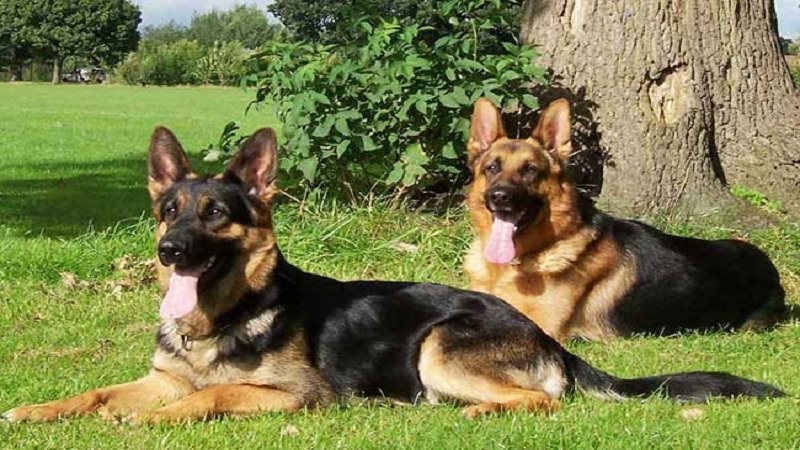
German Shepherds require strict care and training.
If you want to properly raise a German Shepherd to be healthy and intelligent, follow the guide below.
Nutritional Plan for German Shepherds by Age
German Shepherds require a protein-rich diet to develop a strong and muscular body. Here are some suitable foods:
- Meat: Beef, chicken, pork, fish – provides protein.
- Eggs: Chicken eggs, duck embryos – boost immunity.
- Bones: Beef bones, pork bones – supply calcium for strong joints.
- Fish oils: Salmon, fish oil – rich in Omega 3 for a healthy coat.
- Carbohydrates: Rice, sweet potatoes, pumpkin – provide energy.
- Vegetables: Carrots, cabbage, broccoli – supply fiber and vitamins.
- Fresh water: Always available and sufficient.
Feeding Chart for German Shepherds by Age:
| Age | Meals per Day | Portion Size | Notes |
|---|---|---|---|
| 2-3 months | 4 meals/day | ~200g | Soft food, additional milk, 2 duck embryos per week. |
| 3-6 months | 3 meals/day | 400-500g | Add 1 liter of milk/day, eggs every other day, increase meat and vegetables. |
| 6+ months | 2-3 meals/day | 800-900g | Balanced diet with lean meat, bones, and vegetables. |
Grooming & Hygiene
German Shepherds have a thick double coat, so proper care is necessary to prevent excessive shedding and skin diseases:
- Bathing: Once a week using pet-friendly shampoo.
- Brushing: 2-3 times per week.
- Drying: Always dry the fur completely after bathing.
- Eyes: Clean with a soft, damp cloth 3-4 times per week.
- Ears: Wipe regularly with cotton to prevent infections.
- Teeth: Brush 2-3 times per week.
Exercise & Training
German Shepherds need daily exercise to maintain good fitness and muscle tone. Some effective training exercises include:
- Running: 30-40 minutes daily.
- Tire pulling: Strengthens legs and shoulders.
- Jumping & obstacle courses: Improves agility.
- Fetching (balls, frisbees): Enhances reflexes and speed.
Vaccinations & Health Checkups
To ensure your German Shepherd stays healthy and disease-free, regular vaccinations and checkups are essential.
- 6-8 weeks old: 5-in-1 vaccine (prevents Canine Distemper, Parvovirus, Hepatitis, Influenza, Leptospirosis).
- 10-12 weeks old: 7-in-1 vaccine.
- 4+ months old: Rabies vaccination.
Common Diseases in German Shepherds
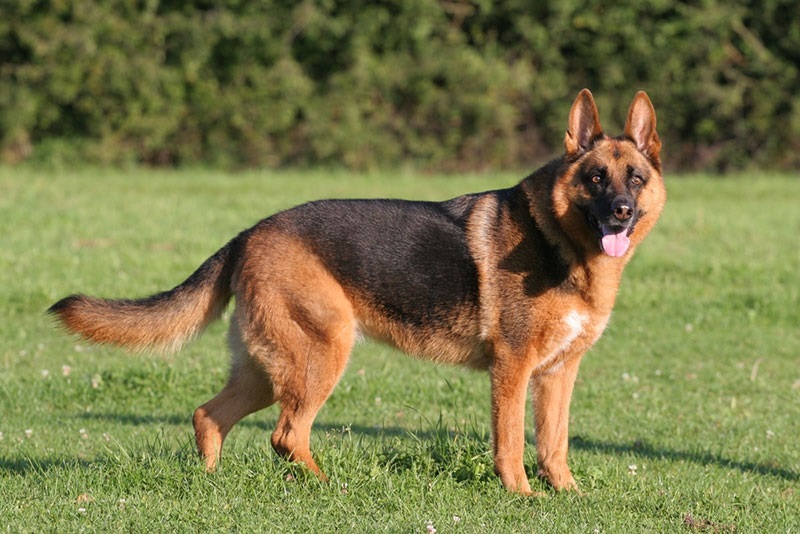
Purebred German Shepherds
Although German Shepherds are a robust breed with strong immunity, they are still prone to certain hereditary and environmental diseases. Below is a detailed breakdown of common health issues, their symptoms, and prevention methods.
| Disease | Cause | Symptoms | Prevention & Treatment |
|---|---|---|---|
| Arthritis | Genetic factors, excessive jumping, or intense physical activity. | Limping, difficulty walking, swollen and painful joints. | Maintain a healthy weight, provide calcium and glucosamine supplements, and avoid excessive jumping. If symptoms worsen, consult a vet immediately. |
| Skin infections & fungal diseases | Fleas, ticks, poor hygiene. | Excessive scratching, hair loss in patches, red and scaly skin. | Regular grooming and bathing. Keep sleeping areas clean and well-ventilated. If wounds become infected or pus-filled, visit a vet for treatment. |
| Rabies | Lack of vaccination, bites from infected animals. | Sudden aggression, excessive drooling, fear of water, seizures. | Ensure timely rabies vaccination and prevent contact with wild animals. |
| Von Willebrand Disease (Bleeding Disorder) | Genetic inheritance from parents. | Prolonged bleeding, spontaneous hemorrhages, bruising, fatigue, weakness. | Consult a vet for a proper treatment plan and avoid situations that may cause injuries. |
| Degenerative Myelopathy (DM - Spinal Cord Degeneration) | Genetic mutation (SOD1 gene). | Weakness in the hind legs, loss of balance, dragging hind legs, eventual paralysis. | There is no cure for DM, but physical therapy and a proper diet can help manage symptoms. |
Price & Considerations When Buying a German Shepherd
If you are interested in purchasing a German Shepherd, check out the price ranges and important tips below.
Price List for German Shepherds in Vietnam
If you're considering purchasing a German Shepherd in Vietnam, here is an estimated price range based on different types and breeds:
| Type of German Shepherd | Estimated Price (VND) | Description |
|---|---|---|
| Purebred German Shepherd (Born in Vietnam) | 6 - 20 million | Born in Vietnam, both parents are purebred German Shepherds. |
| Belgian Malinois (Becgie Bỉ) | 6 - 20 million | Born in Vietnam, both parents are purebred Belgian Malinois. |
| German Shepherd & Husky Mix | 3 - 5 million | A mix between a German Shepherd and a Husky. |
| German Shepherd & Rottweiler Mix | 1 - 3 million | A mix between a German Shepherd and a Rottweiler. |
| German Shepherd & Vietnamese Native Dog Mix | 1 - 1.5 million | A mix between a German Shepherd and a native Vietnamese dog. |
| German Shepherd & Phu Quoc Ridgeback Mix | 1 - 1.5 million | A mix between a German Shepherd and a Phu Quoc Ridgeback. |
Important Notes When Buying a German Shepherd
- Verify pedigree documents and vaccination records to confirm the dog’s lineage and health.
- Examine physical traits carefully, selecting a healthy and active dog with no signs of skin diseases or physical deformities.
- Avoid buying extremely cheap German Shepherds, as they may have hidden health issues or poor breeding conditions.
Collection of Beautiful German Shepherd Images
To conclude, here are some stunning images of German Shepherds:
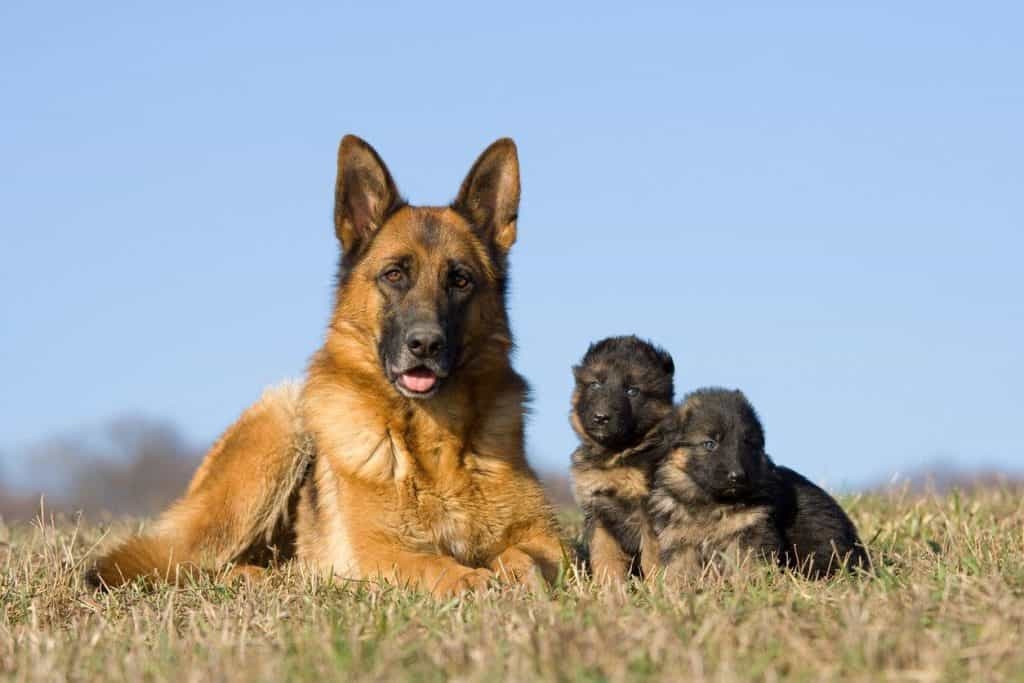 German Shepherd mother with puppies
German Shepherd mother with puppies
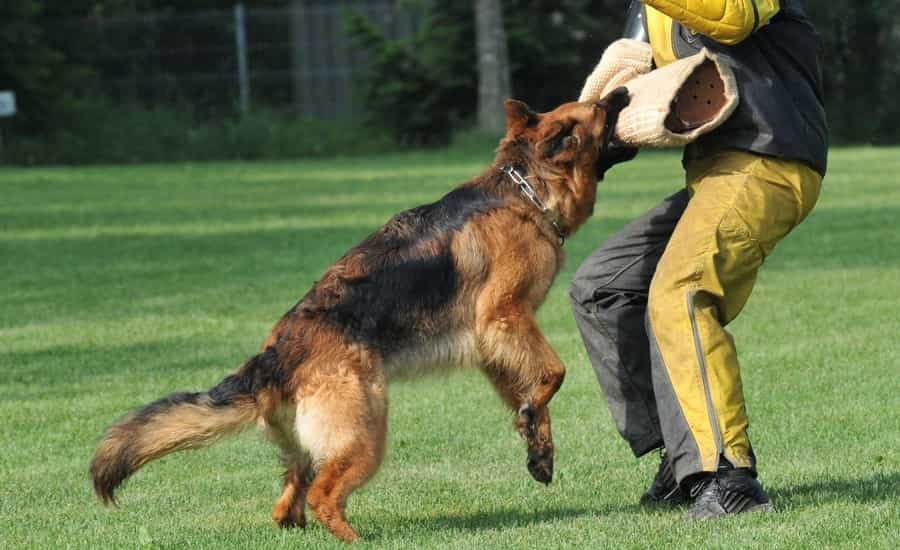
German Shepherd in training
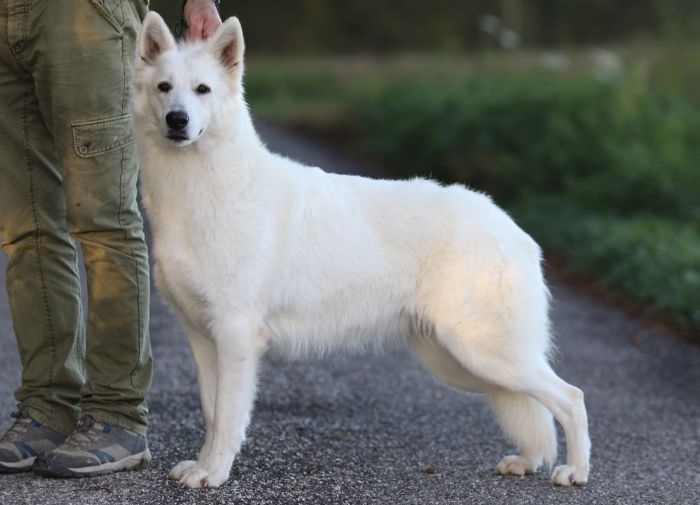
Rare white German Shepherd

German Shepherd & Rottweiler mix
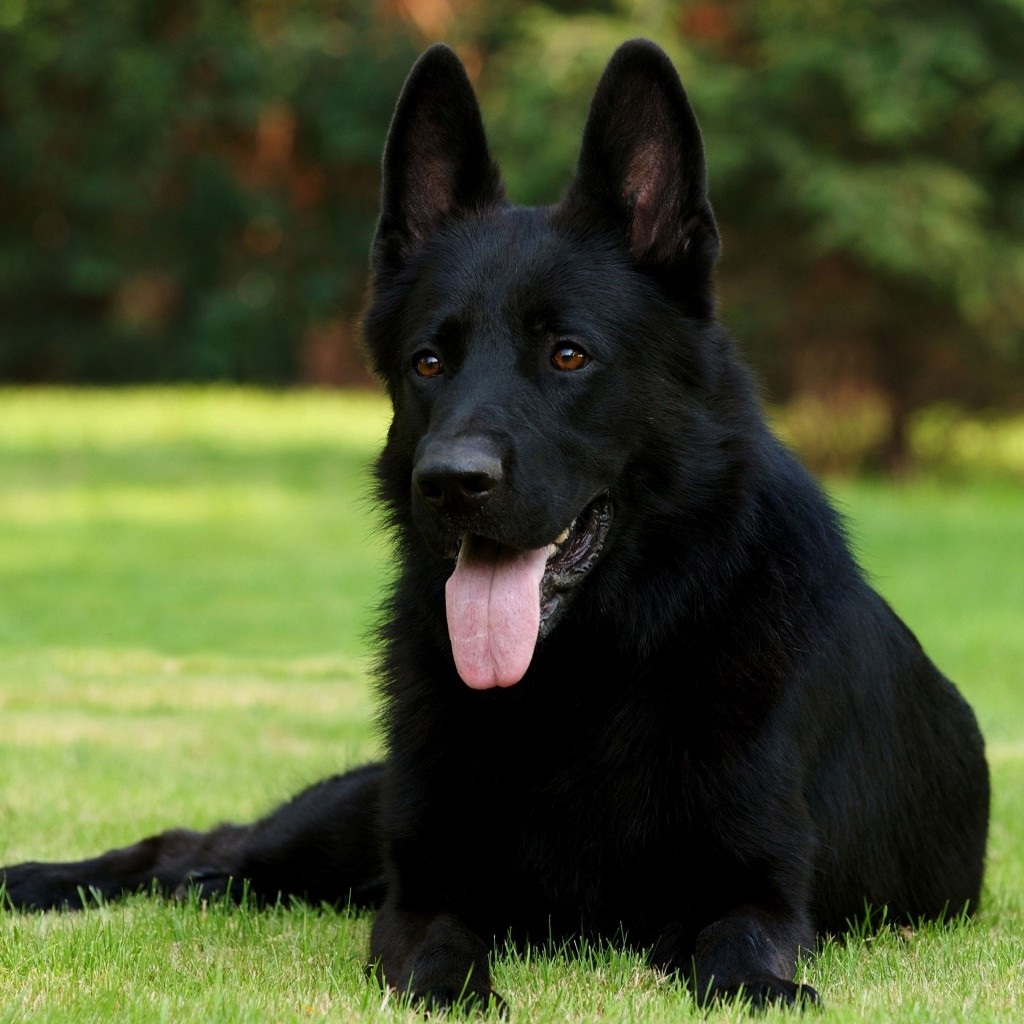
Solid black German Shepherd
Above, dogbreed.wiki have provided a comprehensive guide on the German Shepherd, a breed known for its majestic appearance, intelligence, and bravery. This breed is widely used in police and military forces due to its exceptional skills.
If you’re looking for a loyal and capable guard dog, the German Shepherd is undoubtedly an excellent choice!
Stay tuned for more articles in our Blog Section to explore other fascinating dog breeds!



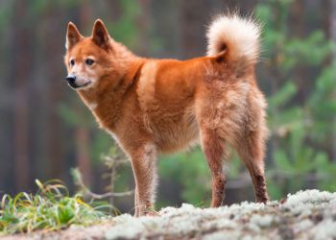





_350x250.jpg)

